If you want to shoot ultra-close-up images, you need a macro lens. These can focus close enough to reproduce small objects at full life-size on your camera's image sensor. That means something as petite as a postage stamp could fill the entire frame of an APS-C-format sensor, and when you view the image on a computer monitor or in a big print the resulting level of detail can be astonishing. Macro lenses can focus at normal distances too, so they can be used as regular 'prime' lenses.

On the next page we'll look at the options for Nikon users. First up, on this page are our top picks for Canon DSLRs. All these recommended Canon macro lenses are designed for full-frame sensors, so you can use them on APS-C format Canon DSLRs too, and you're free to base your choice on value, focal length, autofocus systems and whether or not they include image stabilization. It's useful in a macro lens, though ultra-close-ups are usually shot on a tripod anyway.
Best macro lenses for Canon DSLRs…
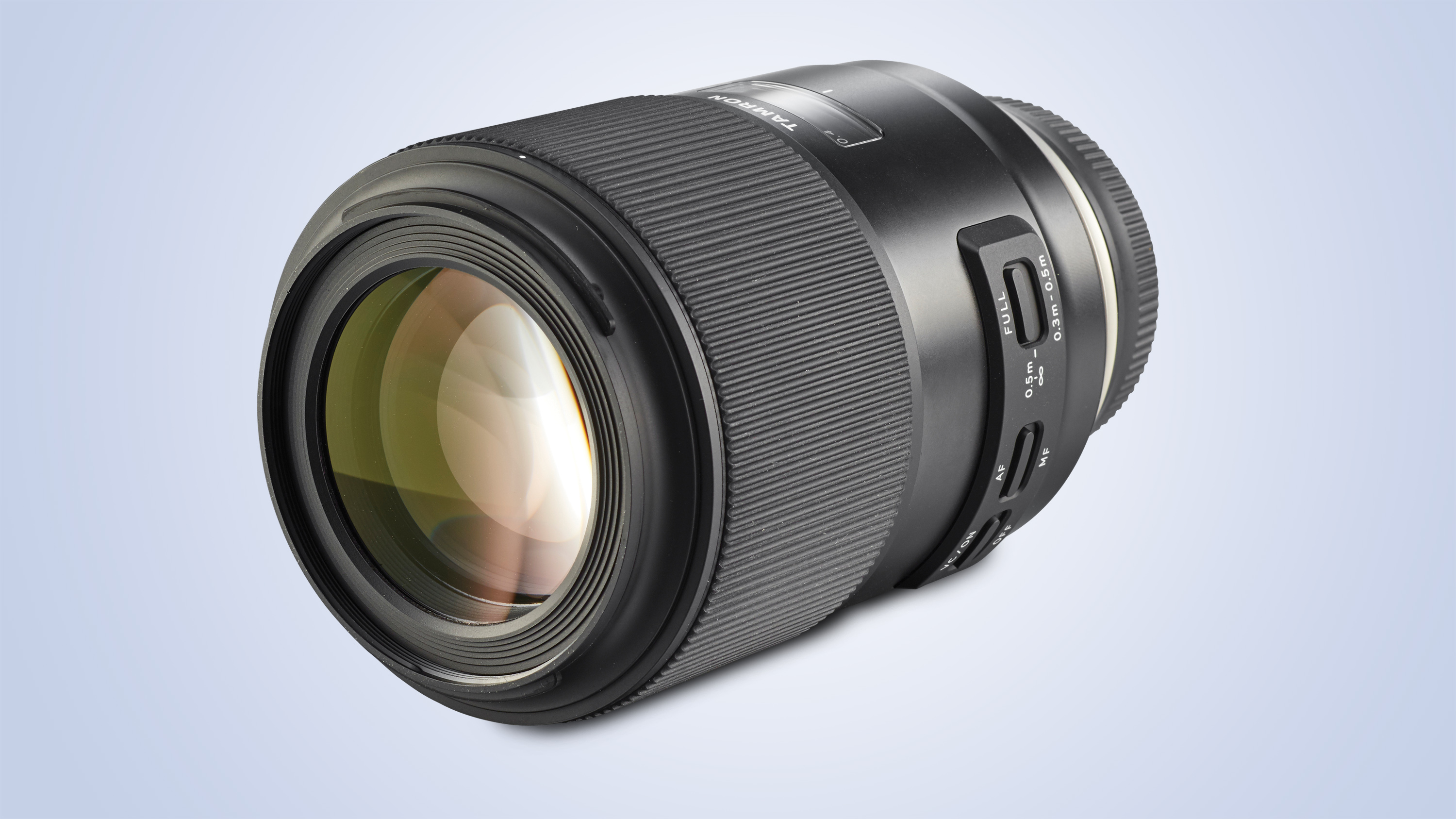
Tamron has developed something of a history in manufacturing popular 90mm macro lenses. This new edition is the second to feature VC (Vibration Compensation) optical stabilisation and USD (Ultrasonic Drive) autofocus but, while it bears the same string of letters as its predecessor, it’s a completely new design. The new stabiliser is a hybrid system that compensates for axial shift as well as vibration, with the optics are engineered to enhance the quality of bokeh. The ring-type ultrasonic autofocus system is optimised for macro shooting but is fast and accurate at any distance, complete with a three-position range limiter. Image quality is stunning, with superb contrast and sharpness.
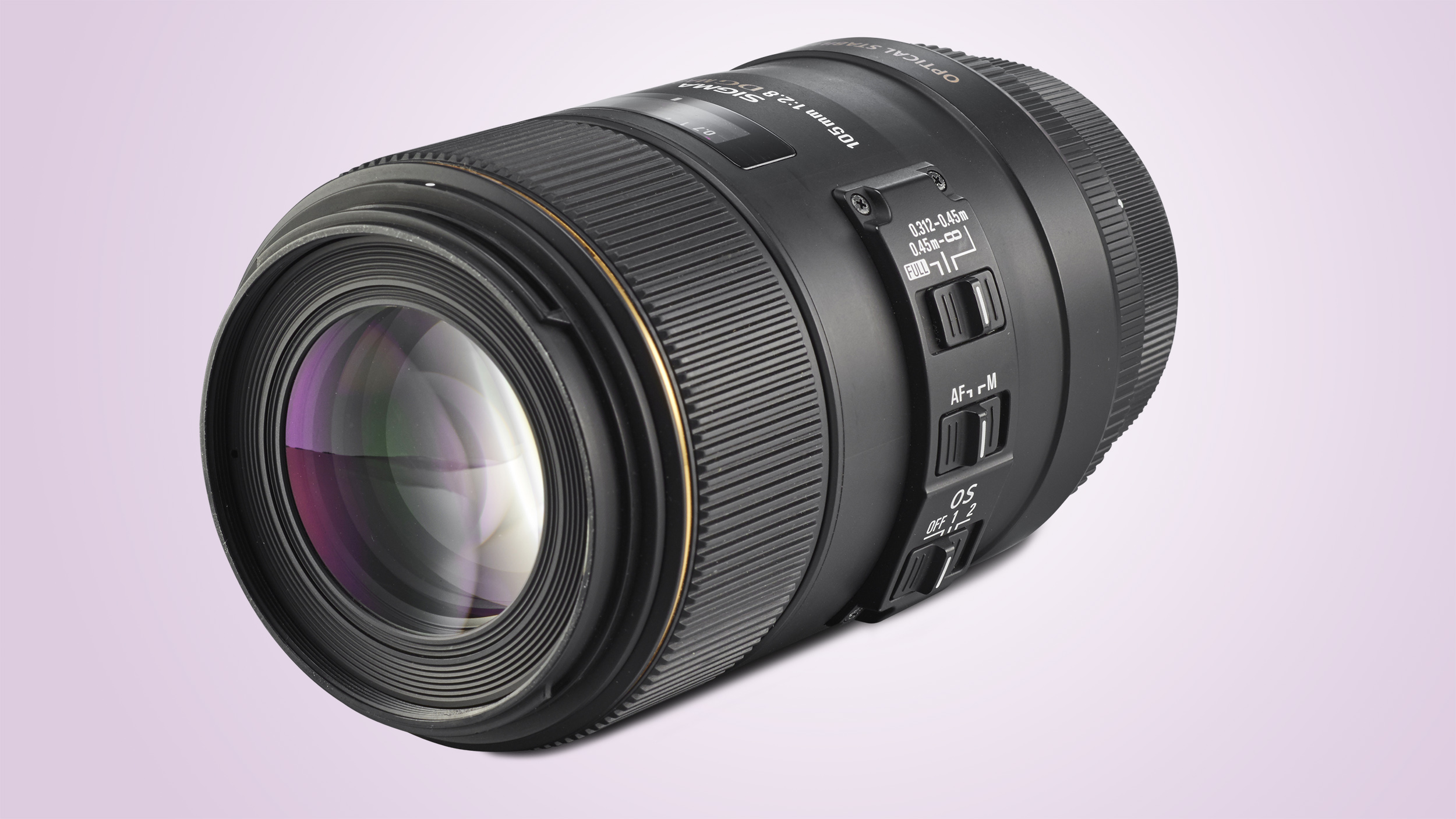
Often it takes something special to tempt photographers from their camera’s own-brand lenses, and this Sigma goes all out for the win. Its pro-spec design includes fast and near silent ring-type ultrasonic autofocus and there’s a highly effective four-stop optical stabiliser. Two SLD (Special Low Dispersion) elements help produce excellent sharpness, even at the widest aperture. Colour fringing is negligible, and distortion is essentially a non-issue. As well as being very quick, autofocusing is good at locking on to targets in all lighting conditions and there are three focus-limiting options. Sublime handling and Canon-rivalling build quality completes this terrific lens.
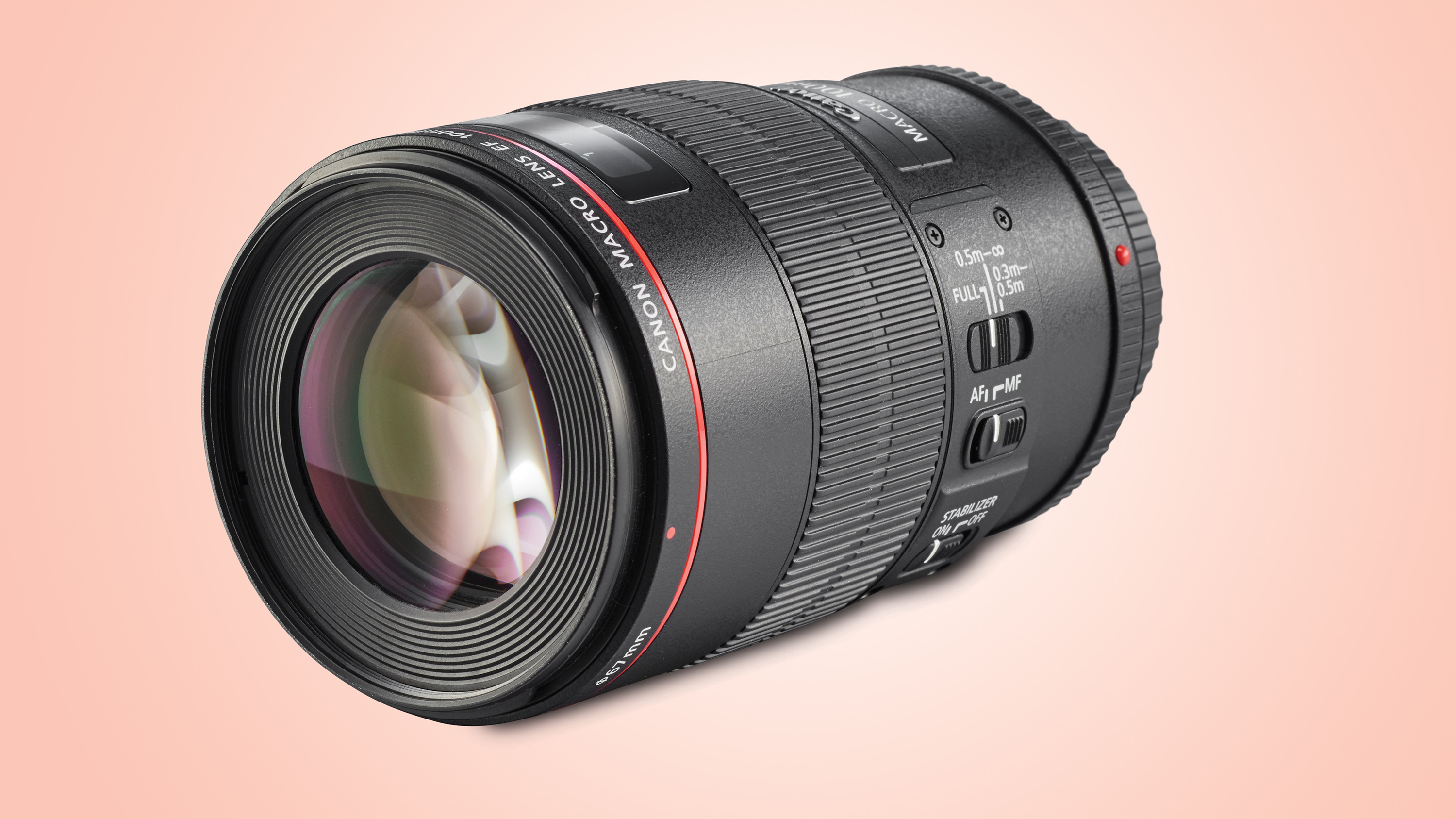
While several of the latest macro lenses feature an optical stabiliser, the one that was developed specifically for this lens is a hybrid system. It can counteract axial shift (up-down and side-to-side movement) as well as the usual angular vibration, or wobble. The pro-grade build includes weather-seals and the lens comes with a hood and soft pouch. A UD (Ultra-low Dispersion) element is included in the optical path to boost sharpness and contrast while reducing chromatic aberrations. Autofocus is fast and accurate and, arguably more importantly for macro shooting, the manual focus ring operates smoothly and enables precise adjustments. The hybrid stabiliser works well for regular and fairly close-up shooting, but is of little benefit at the closest focus distance for maximum macro magnification.
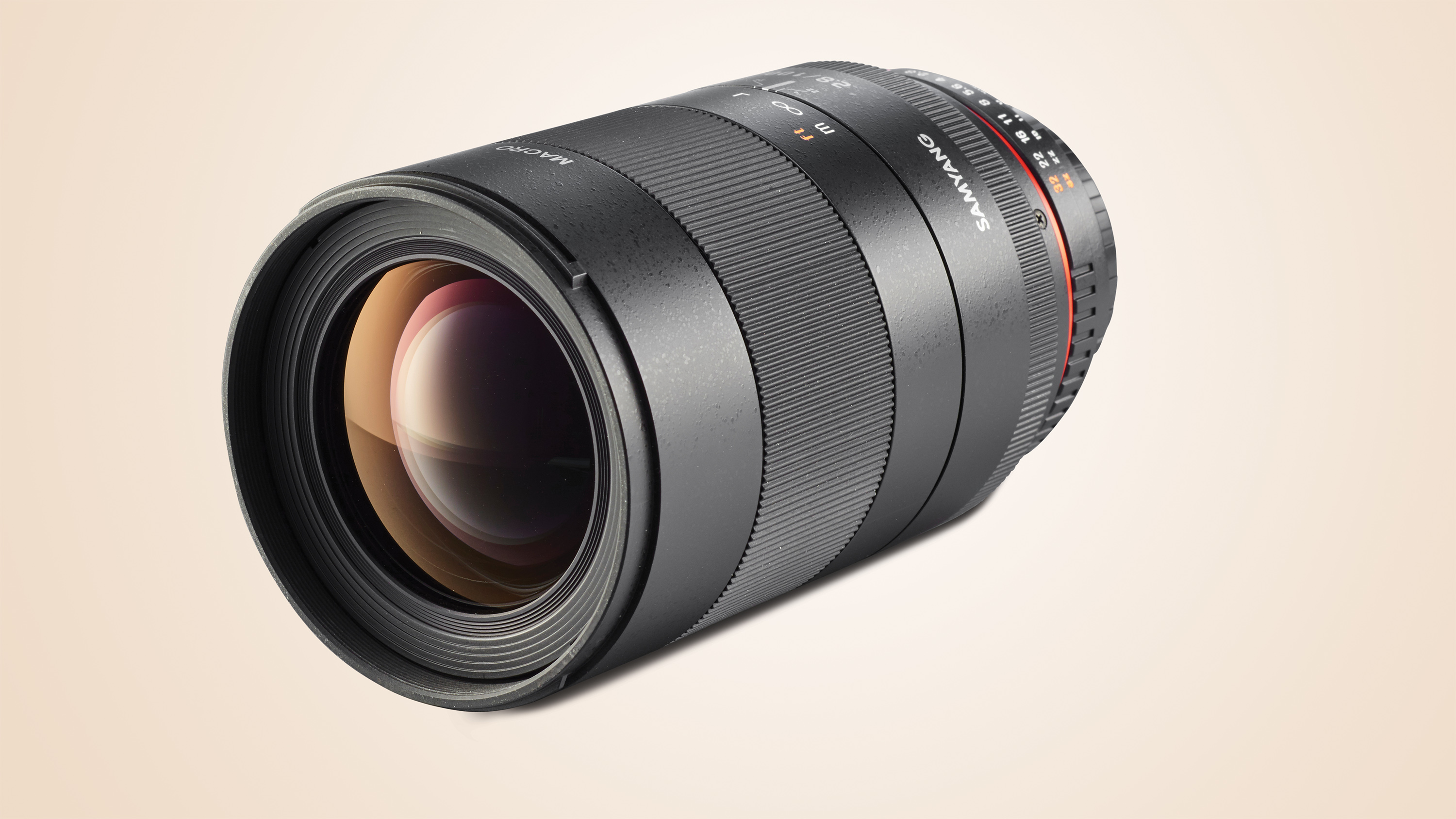
The Samyang is a very manual affair. Not only does it lack any autofocus ability, but the aperture also has to be set manually, using the lens’s aperture ring. The lens is well engineered and handles beautifully. The focus ring has a long travel and is silky smooth in operation, enabling excellent precision for very fine adjustments. High-quality optical elements include both ED (Extra-low Dispersion) and HR (High Refractive) glass. Sharpness and contrast are good even at the widest available aperture of f/2.8, and remain very consistent throughout most of the aperture range. A problem when using narrow apertures is that the viewfinder image becomes very dark indeed.
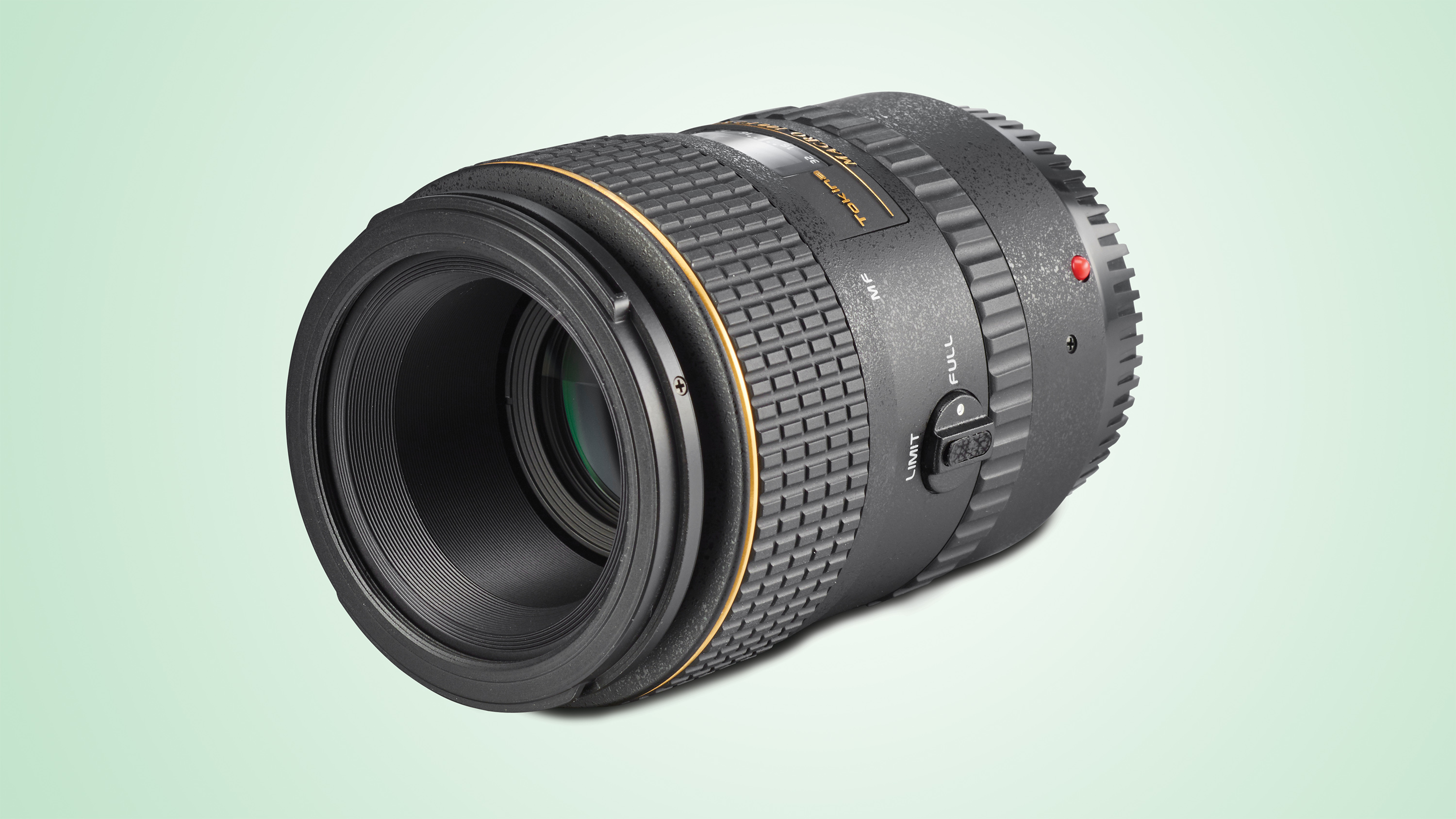
Using a relatively old design, the Tokina lacks mod cons like optical stabilisation. The Canon-fit edition only has a basic electric autofocus motor, while the lens lacks internal focusing, so the inner barrel extends as you focus at closer distances. Even so, it’s physically quite small and the Tokina is well-engineered, with a high-quality feel to its handling. The push-pull focus ring enables easy switching between automatic and manual focusing. There’s plenty of travel and smoothness in the focus ring’s operation, giving great precision. Where available, autofocus is a bit slow and clearly audible. Image quality is very good, although the otherwise excellent sharpness levels drop at f/22, a desirable aperture for macro shooting.

Like Canon DSLRs, Nikon DSLRs come with sensors in two sizes – APS-C and full frame – and Nikon-fit lenses are designed for these two sensor sizes too. You can use full-frame lenses on APS-C cameras, but it doesn't work so well the other way round because the camera will then only work in 'crop' mode, where you lose the advantage of the bigger sensor.
However, all the lenses in our list are for full-frame (FX) Nikon DSLRs, so they'll also work fine on the smaller (DX) format models. The only difference is that on a DX Nikon, the effective focal length is 1.5x longer. This is fine for macro lenses, though, because it's often an advantage to be a little further from your subject anyway.
Best macro lenses for Nikon DSLRs…

Tamron has developed something of a history in manufacturing popular 90mm macro lenses. This new edition is the second to feature VC (Vibration Compensation) optical stabilisation and USD (Ultrasonic Drive) autofocus but, while it bears the same string of letters as its predecessor, it’s a completely new design. The new stabiliser is a hybrid system that compensates for axial shift as well as vibration, with the optics are engineered to enhance the quality of bokeh. The ring-type ultrasonic autofocus system is optimised for macro shooting but is fast and accurate at any distance, complete with a three-position range limiter. Image quality is stunning, with superb contrast and sharpness.

Often it takes something special to tempt photographers from their camera's own-brand lenses, and this Sigma goes all out for the win. Its pro-spec design includes fast and near silent ring-type ultrasonic autofocus and there's a highly effective four-stop optical stabiliser. Two SLD (Special Low Dispersion) elements help produce excellent sharpness, even at the widest aperture. Colour fringing is negligible, and distortion is essentially a non-issue. As well as being very quick, autofocusing is good at locking on to targets in all lighting conditions and there are three focus-limiting options. Sublime handling and Nikon-rivalling build quality completes this terrific lens.
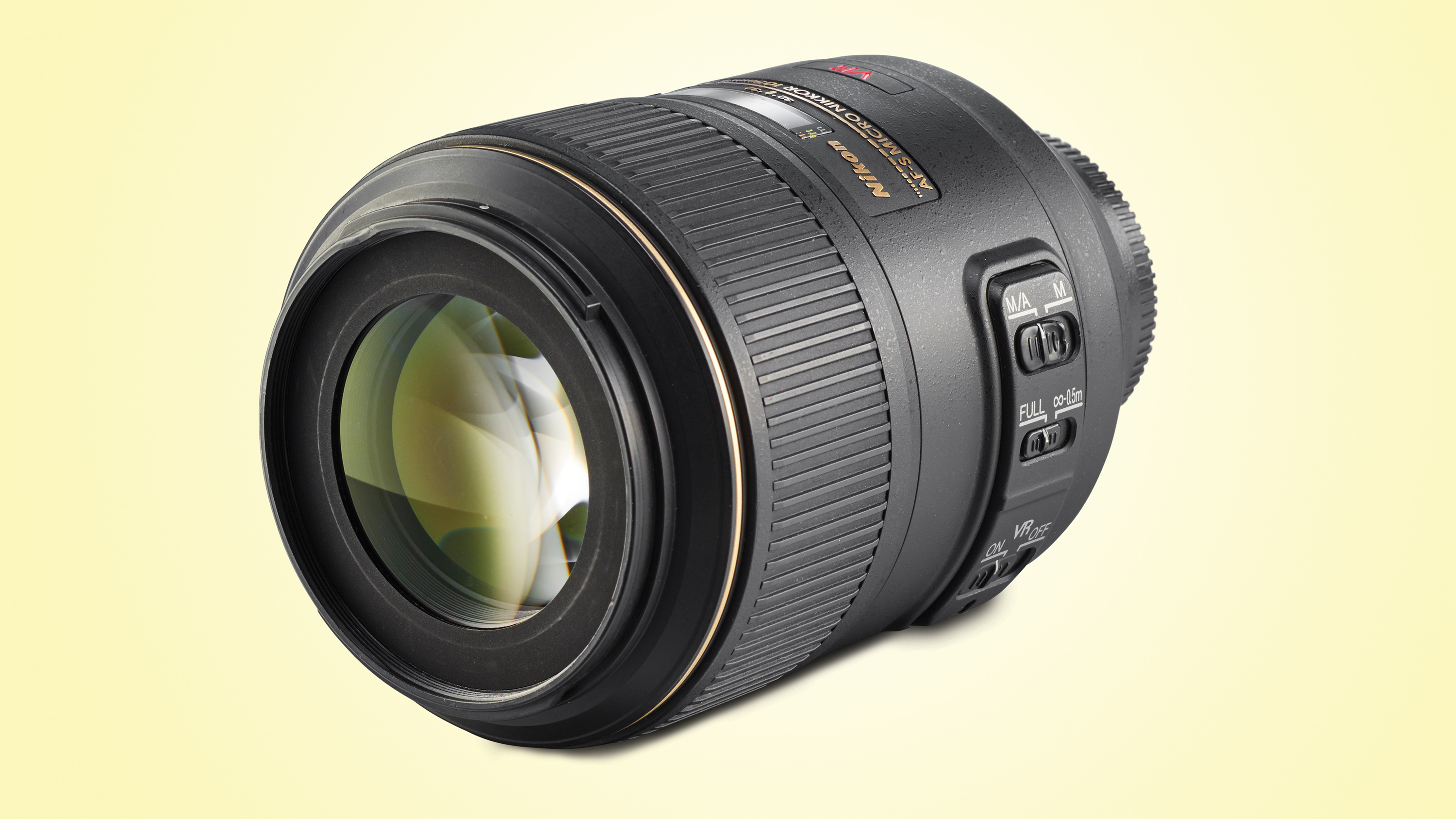
Nikon currently markets several of what it calls ‘Micro’ lenses, including two DX models that are specifically designed for use on APS-C format cameras. This was the world’s first macro lens to include an optical stabiliser, although it’s not a hybrid system. The upmarket build includes a weather-sealed mount, an ED (Extra-low Dispersion) optical element, Nano Crystal coating to reduce ghosting and flare, and fast ring-type ultrasonic autofocus. Autofocus and VR (Vibration Reduction) work well for general shooting but are of no real benefit for extreme close-ups. Manual focusing is more precise than in other recent Nikon ‘G-type’ macro lenses and the image quality is very good overall, but the lens isn’t great value at this price.

Samyang is a very manual affair. Lacking any autofocus ability, the Nikon version at least includes the electronics and mechanics necessary for adjusting the aperture from the host camera. The lens is well engineered and handles beautifully. The focus ring has a long travel and is silky smooth in operation, enabling excellent precision for very fine adjustments. High-quality optical elements include both ED (Extra-low Dispersion) and HR (High Refractive) glass. Sharpness and contrast are good even at the widest available aperture of f/2.8, and remain very consistent throughout most of the aperture range.

Using a relatively old design, the Tokina lacks mod cons like optical stabilisation. There’s no AF motor at all in the Nikon-fit version, which means that autofocus is impossible with bodies like the D3300 and D5500, which lack in-camera AF drive motors. This lens lacks internal focusing, so the inner barrel extends as you focus at closer distances. Even so, it’s physically quite small and the Tokina is well-engineered, with a high-quality feel to its handling. Where available, autofocus is a bit slow and clearly audible. Image quality is very good, although the otherwise excellent sharpness levels drop at f/22, a desirable aperture for macro shooting.